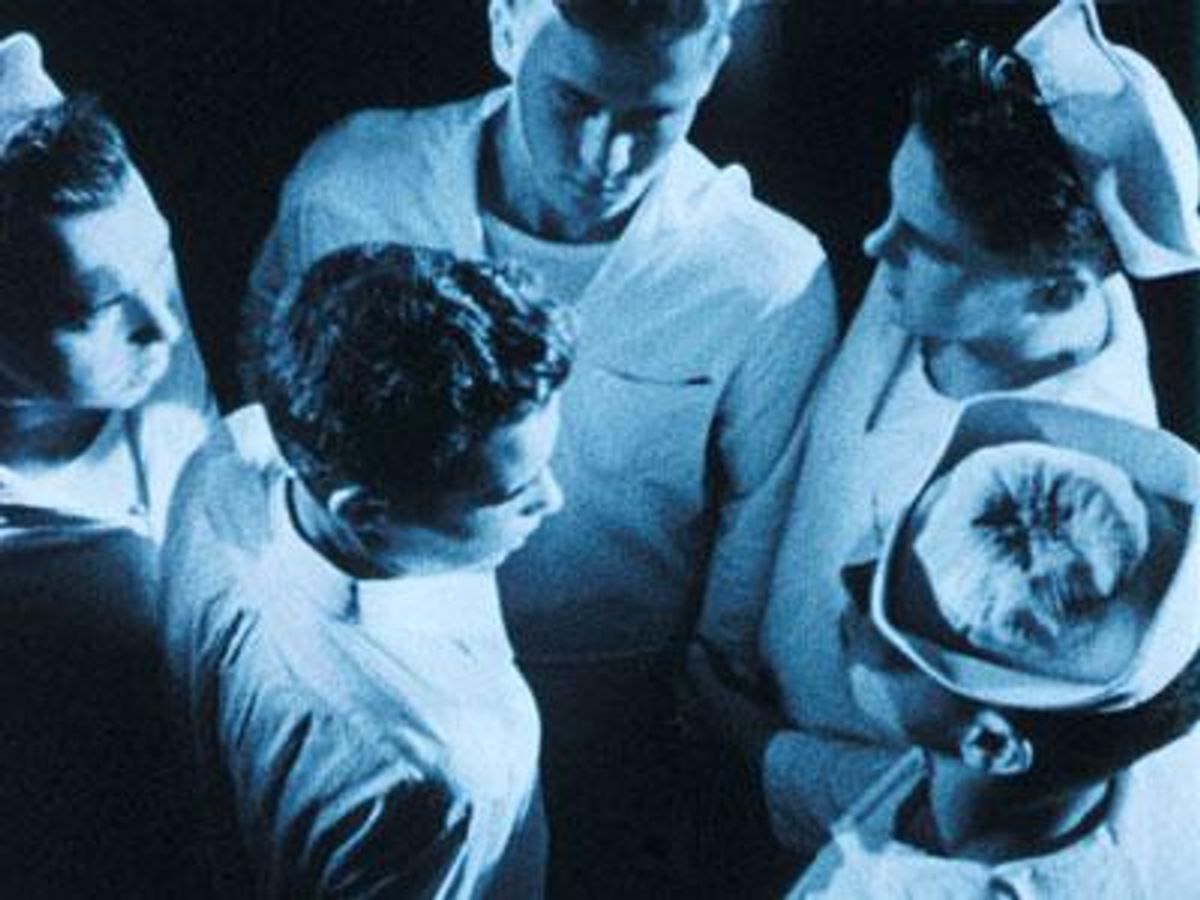
These films were censored for obscenity when they first screened. Now they are shown at museums and on YouTube.
August 01 2014 4:00 AM EST
November 17 2015 5:28 AM EST
xtyfr
By continuing to use our site, you agree to our Private Policy and Terms of Use.

With their personal quirky vision and willingness to put on film what most folks would call depraved, these filmmakers helped break down the barriers of what you are allowed to see.
Kenneth Anger's Fireworks
Kenneth Anger is most famous for his best-selling book Hollywood Babylon, which recounted the grisly and lurid tales of Hollywood in its heyday. Made when Anger was 20 years old at his parents Los Angeles home while they were away, Fireworks (1947) stars Anger and depicts homosexuality, S/M, and some pretty out there ideas about the 4th of July. The film got Anger arrested when it came out. Yet in the last few years there have been several major exhibits of his work in leading museums, including Los Angeles's MOCA. In 1958, a lawsuit was brought against the manager Raymond Rohauer of L.A.'s Coronet Theatre for screening Fireworks. The case became "an epic obscenity trial" in the California Supreme Court, which declared the film to be art. Anger's work is considered a visionary element that influenced the first music videos.

Jean Genet's Un Chant d'Amour
Directed by Genet in 1950, this short film borrows from his work book The Miracle of the Rose. Later films that take inspiration from this are Werner Fassbinder's Querelle and Todd Haynes's Poison, both based on books by Genet. The rumors that Jean Cocteau assisted are probably based in truth as Cocteau and Kenneth Anger were friends and Un Chant d'Amour (A Song of Love) shows influences from Anger's Fireworks. In and out of jail from many years as a young petty thief and prostitute, Genet was most likely little suprised that his film was also busted. It can be viewed in full on YouTube here and still manages to evoke dark, moody sexuality and the desperation of men in prison wanting to connect.

Jack Smith's Flaming Creatures
While watching the version that survived to YouTube, you may only be shocked that this film caused such a controversy. But consider that this came out to a country that was enthralled with The Nutty Professor and Call Me Bwana. Flaming Creatures (1963) by filmmaker Jack Smith showed graphic if somewhat campy and limp sexuality. The film was seized by the police at its premiere and was officially determined to be obscene by a New York Criminal Court.

Andy Warhol's Blowjob
Made in 1964 with an uncredited DeVeren Bookwalter as recipient, the camera stays trained on Bookwalter's face as he has various small changes of expression. The unseen act is never revealed. This film was made in the days when Warhol was still often manning the camera. Is it a campy Pop Art joke? Erotic? Or just more Warholian zen emptiness? Regardless it was notorious in its time.

James Broughton's The Bed
James Broughton was the original wild child who was expressing his weird before the Beats were even smoking cigarettes. He was bisexual, having had two children with Pauline Kael and having had a relationship with Harry Hay. He was a founding Radical Faerie and a Sister of Perpetual Indulgence. He was a writer, performer and made many delightful short films that capture the sexual revolution in all its unshaven glory. In 1967, Broughton broke taboos with his short, celebratory film of the role of the bed in our lives. It freely allowed gay and straight images and ideas in a matter of fact way with a fair amount of frontal nudity.

James Bidgood's Pink Narcissus
This is essentially a magic-realist ode to a handsome male prostitute (Bobby Kendall). Incredibly visual, and deeply campy Kendall's character fantasizes about himself in different exotic locations and sexual situations. Shot on 8mm film, mostly in Bidgood's tiny East Village apartment -- including the awesome outdoor scenes -- it took seven years to produce, from 1963 to 1970. When it was finally released it was against Bidgood's wishes, and so it was credited as "anonymous." In the mid-1990s, writer Bruce Benderson, who was obsessed with the film, began a search for its maker based on several leads and finally verified that it was Bidgood, who was still living in Manhattan and was working on a film script. In 1999, a wonderfully produced book researched and written by Benderson was published by Taschen about Bidgood's body of photographic and filmic work.

Wakefield Poole's Boys in the Sand
Did Wakefield Poole know he was inventing porno chic when he made Boys in the Sand? The 1971 film stars Casey Donovan who became astoundingly well-known and sought after because of his all-American looks and rapacious sexual film performance. Boys in the Sand was the first gay porn film to achieve crossover success and one of the earliest porn films of any genre to gain mainstream credibility, preceding 1972's Deep Throat by nearly a year. The film also cemented Fire Island's reputation as a hedonistic paradise. The film's title is a parodic reference to the Mart Crowley play and film The Boys in the Band.
